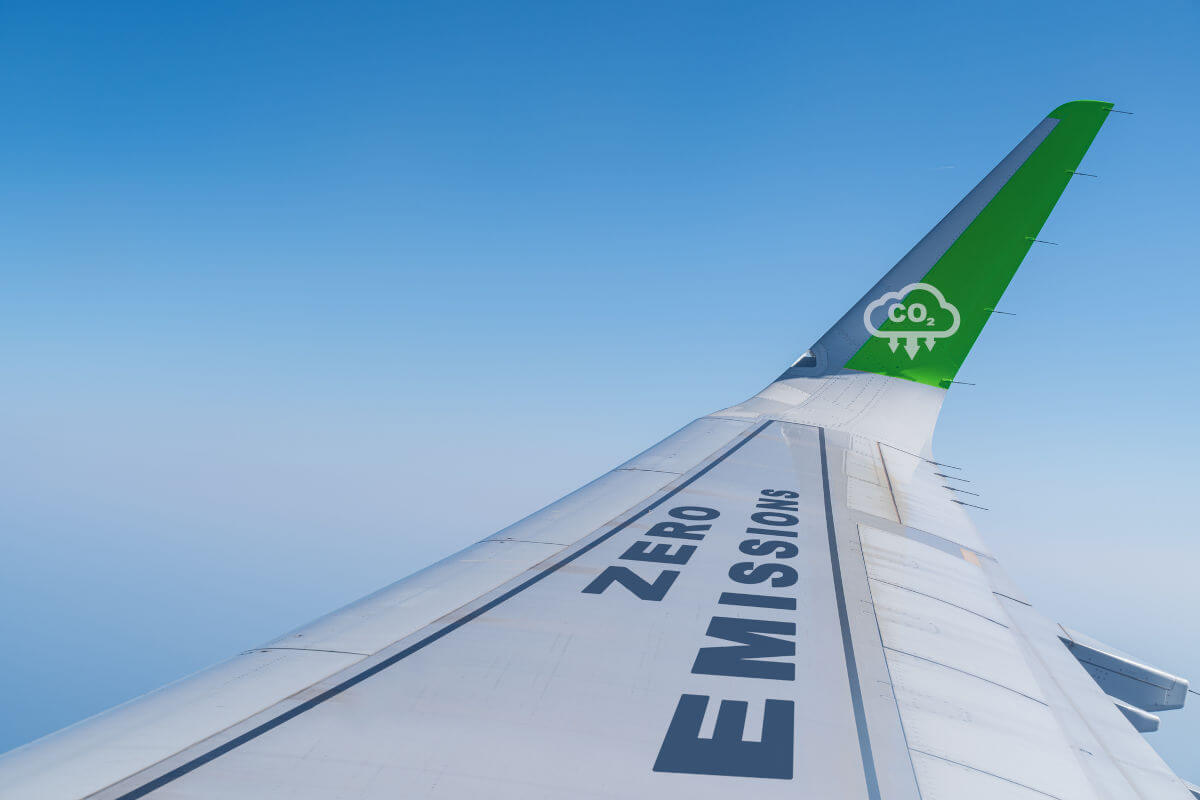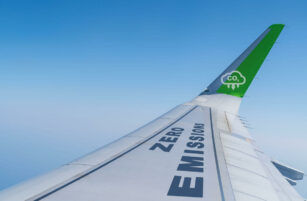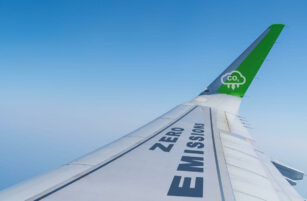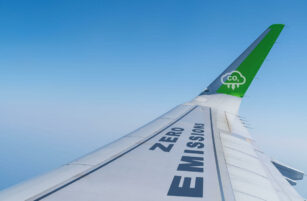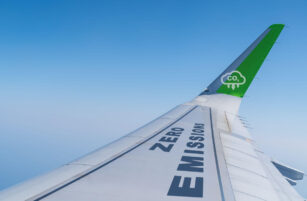Insight Focus
We must calculate aviation emissions accurately. This is so we have a benchmark we can reduce. Let’s look at how these emissions are calculated.
Let’s look at how we calculate the carbon (CO2) numbers associated with flying and the consumption of aviation fuel. Today we’ll look at the principles and give an outline of emissions calculation. It’s worth noting that this is a complex area and there is too much to bring into just one article. We will address in detail all aspects of emissions reduction through SAF use in upcoming articles.
How Carbon Emissions are Measured
We are interested in measuring the amount of CO2 emitted during flight, how this is calculated, and to whom and where reports are made.
First, the units. There are plenty to choose from, but the industry has chosen to report the mass of carbon (CO2) in kilograms emitted for each unit of energy released during combustion in megajoules (MJ).
The mass of carbon per unit of energy released during combustion in grams of CO2 for each MegaJoule of energy (or gCO2/MJ) of jet fuels varies a little but typically is 76gCO2/MJ for a jet fuel with a density of 0.8kg/l and an energy content of 42MJ/kg.
This is a number to remember. It doesn’t matter the provenance, density or temperature of the fuel – when the useful energy is harvested, the price paid per MJ is 76 grams of CO2.
While this is the intrinsic value for the combustion of jet fuel, there are other emissions to take into account. These include emissions released during the production and transport and distribution of the jet fuel.
The actual value varies according to the source refinery and the type and complexity of the distribution system, but this is given a nominal value of 13 gCO2/MJ so that the CO2 emitted by jet fuel is taken as 89gCO2/MJ within the Carbon Offsetting and Reduction Scheme for International Aviation (CORSIA), the scheme under the authority of the International Civil Aviation Organization.
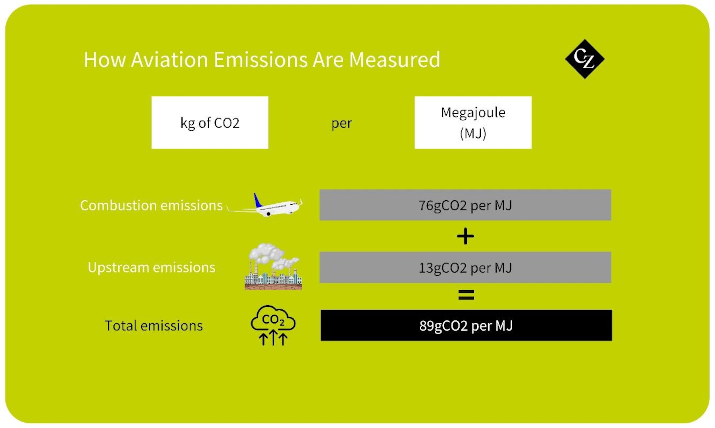
So, whenever a jet fuel is burnt, regardless of its origin, for each MJ of energy produced, the engines emit 76g of CO2 and a nominal 13g of CO2 is added to reflect the processing and transport emissions, making 89g CO2 in total. This number is what the industry is addressing and trying to reduce (although not during combustion, as that’s impossible).
How Can We Reduce Carbon Intensity?
We reduce this number in two ways. Firstly, by changing the carbon from conventional jet fuel to carbon from other feedstocks. This includes agricultural waste and vegetable oils as these feedstocks contain carbon that originated in part from atmospheric CO2.
Secondly, we reduce the carbon during processing — for example by using green hydrogen at the refinery — and during transportation — for example by using electricity from renewable sources.
There are many different pathways used to calculate and allocate emissions and we will look at those next time, using the emissions summary in the table below.

Source: World Economic Forum
